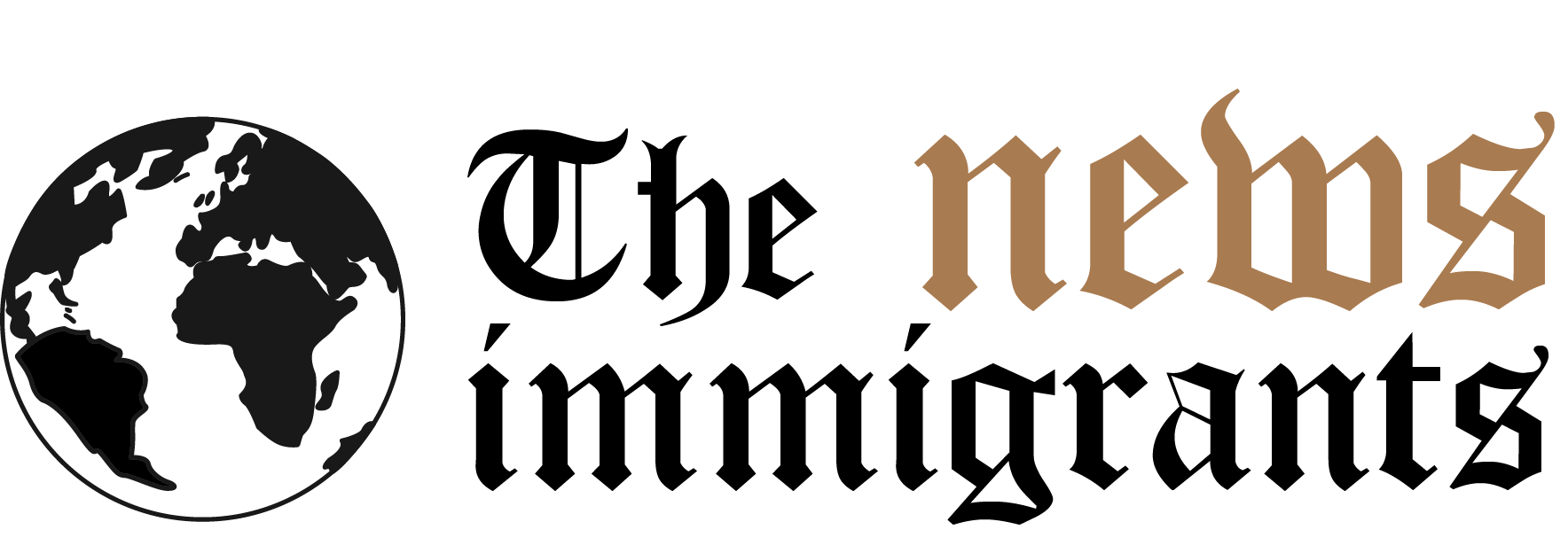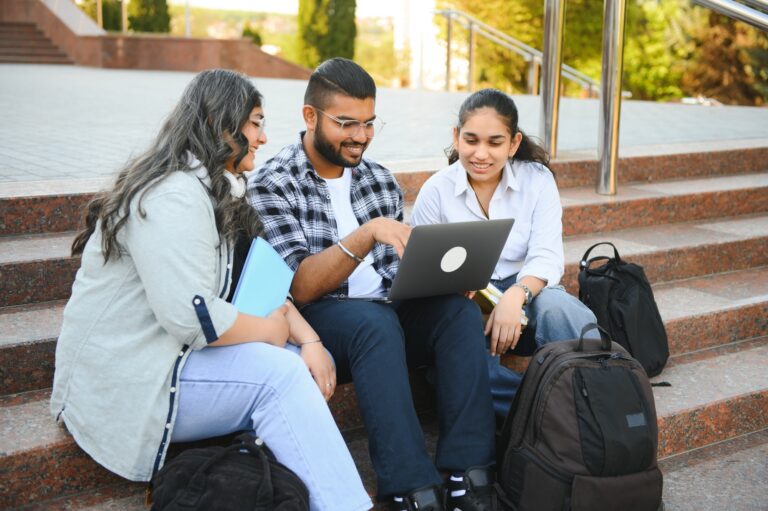Key Takeaways:
- The General Integration Course is essential for newcomers to navigate daily life in Germany.
- Participants undergo a comprehensive language program, culminating in a proficiency test.
- Humanistic values, cultural knowledge, and legal principles are foundational to the integration process.
The General Integration Course stands as a cornerstone in the integration process for newcomers in Germany. It is an officially sanctioned foundation that empowers immigrants with the necessary linguistic and cultural tools to thrive independently in their new environment. With a significant number of participants—around 140,000 individuals embarking on this journey in 2018—it reflects a strong commitment to fostering integration through education.
This extensive program comprises a total of 700 class hours: 600 dedicated to language learning and 100 focused on orientation. The language instruction targets achieving a proficiency level of B1 according to the Common European Framework of Reference for Languages (CEFR). This level, akin to what students typically achieve in English during their final school years, equips individuals to handle most everyday situations effectively—whether it’s shopping, communicating about health services, or children’s education.
The curriculum is carefully structured to include all essential everyday topics, ensuring that learners get a well-rounded understanding of the language in practical scenarios. Furthermore, the orientation course plays a vital role in familiarizing participants with German law, culture, and the historical context that forms the backbone of contemporary German society. This part of the program highlights crucial societal values such as religious diversity and gender equality, facilitating a path toward harmonious coexistence in a multicultural landscape.
As participants approach the conclusion of their courses, they must pass two critical examinations: the German test for immigrants (DTZ) and the “Living in Germany” test (LiD). Successful completion not only awards them certificates validating their hard work but also significantly eases their path to potential citizenship, especially with a high mastery of the language. Thus, the General Integration Course serves not merely as a formality but as a vital framework for immigrants to feel welcomed and integrated into their new home.
In a world where migration forms a significant part of socio-economic dynamics, the role of such integration courses cannot be overstated. They represent a bridge between cultures, enabling newcomers to contribute confidently to their communities while honoring the rich tapestry of German values and traditions. This proactive approach to integration underscores a humanistic commitment to diversity and inclusion—vital for building resilient, cohesive societies.








